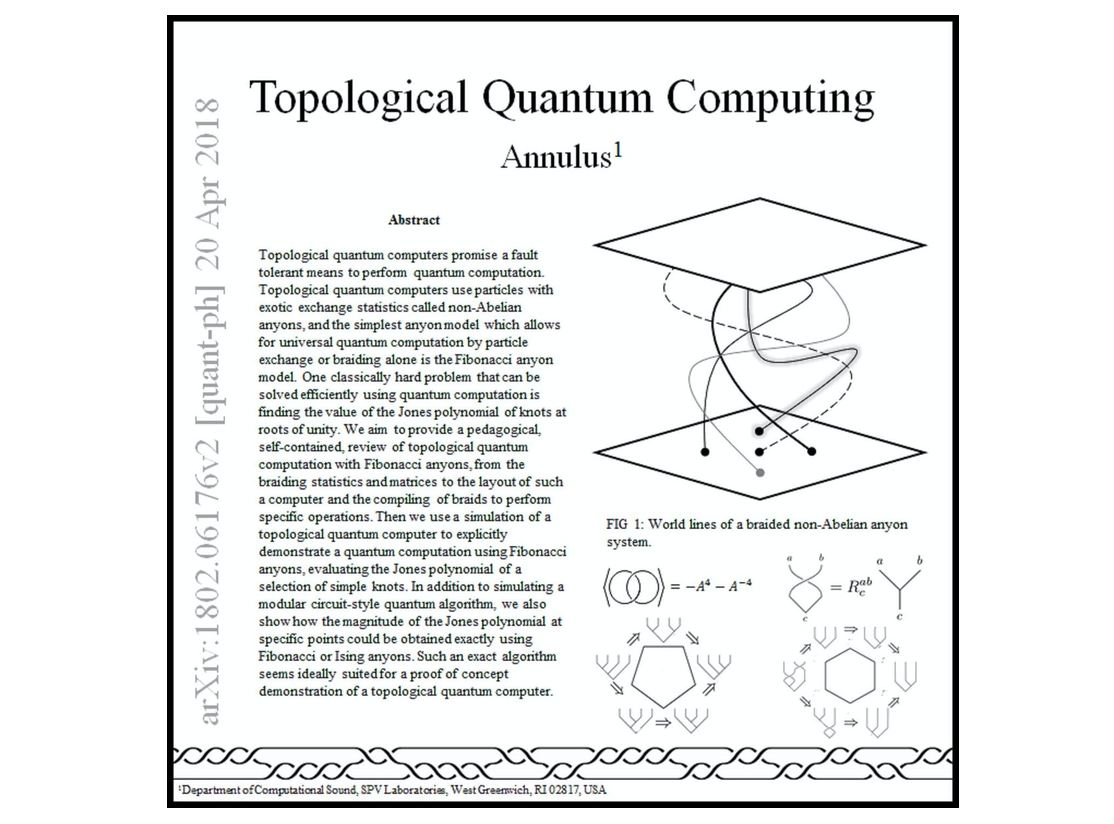Topological quantum computing represents an innovative paradigm in the realm of quantum computation, diverging significantly from classical and other quantum computing models. This discourse delves into the intricacies of topological quantum computing, elucidating its foundational principles, underlying mechanisms, and the distinct advantages it offers over conventional quantum computation approaches.
At its core, topological quantum computing leverages the principles of topology—a branch of mathematics concerned with the properties of space that are preserved under continuous transformations. The essential feature of topological quantum states is that they are robust against local perturbations. This robustness arises because the quantum information is encoded in non-local topological properties of the system, rather than in the local configuration of qubits. Specifically, the interactions occurring at a far distance from the qubit do not affect the overall state, thus enhancing the error resistance crucial for practical quantum computation.
To understand topological quantum computing, one must first grasp the concept of anyons. Anyons are exotic quasiparticles that exist in two-dimensional systems, exhibiting statistics that are neither fermionic nor bosonic—a key aspect distinguishing them from conventional particles. These particles can be utilized in braiding operations, which are integral to topological quantum computing. The braid of anyons corresponds to the manipulation of quantum states, where the outcomes depend solely on the topology of the braids, thereby making the stored quantum information intrinsically stable.
The implementation of topological quantum computing hinges upon physical systems that can host anyons. One of the promising candidates for realizing such systems includes topological insulators—materials that conduct electricity on their surfaces but act as insulators in their bulk. These materials can host Majorana fermions, which are zero-energy modes conducive to the formation of anyonic excitations. Majorana zero modes have garnered significant attention due to their potential to facilitate fault-tolerant quantum operations.
Historically, topological quantum computing emerged as a response to the challenges of maintaining qubit coherence in conventional quantum systems. Quantum computers, generally based on superconducting qubits or trapped ions, suffer from decoherence due to environmental noise. In contrast, topological states are inherently protected from such noise, thus promising longer coherence times and potentially more reliable operations over extended periods. This highlights the practical implications of topological quantum computing, suggesting that it may eventually bridge the gap between theoretical possibilities and practical applications in quantum technology.
The formation of braids and the encoding of quantum information through anyons leads to what is referred to as fault tolerance. Fault tolerance is a critical attribute for any real-world computing system; it ensures that errors introduced during computation or environmental interference can be managed or corrected without corrupting the entire system. Topological quantum computing aspires to achieve intrinsic fault tolerance through the structure of the anyonic states. As a result, upon successful realization, topological quantum computers could potentially outperform classical computers in solving complex problems—such as integer factorization or simulating quantum systems—by a profound margin.
Various experimental endeavors are underway to realize the principles of topological quantum computing in practice. Many researchers are exploring hybrid systems that integrate superconducting circuits with topological materials to generate and manipulate anyonic excitations. For instance, several experimental setups are aimed at generating Majorana modes in nanowire-based systems where superconductivity and strong spin-orbit coupling can coexist. The successful creation and braiding of these modes would mark a substantial milestone in this frontier of quantum computing.
Nonetheless, despite its theoretical allure and experimental pursuits, topological quantum computing faces inherent challenges. The practicality of harnessing anyons, maintaining the requisite environmental conditions, and efficiently performing operations remains an ongoing area of research. Moreover, the implementation of error correction protocols that are genuinely suitable for topological systems presents an additional layer of complexity. The theoretical development and experimental validation of topological quantum computing necessitate interdisciplinary collaboration across quantum physics, mathematics, and materials science.
The ethical implications of topological quantum computing must also be considered. As the boundaries of computational capabilities expand, the potential for quantum technologies to enhance cryptographic methods and simulations of quantum systems intensifies. This escalation raises important questions regarding cybersecurity, privacy, and the socio-economic impact of advanced quantum computations on various industries.
In conclusion, topological quantum computing represents a paradigmatic shift in our understanding of quantum mechanics and information theory. By exploiting the unique properties of anyons and achieving fault-tolerant computations, this burgeoning field may pave the way for more efficient and reliable quantum computers. The interplay between theoretical concepts and experimental realities underscores the critical journey towards realizing topological quantum computing, while continually reshaping the landscape of computation as we know it. Adapting to these changes will be essential as humanity navigates the profound implications of this scientific evolution in the digital realm.












